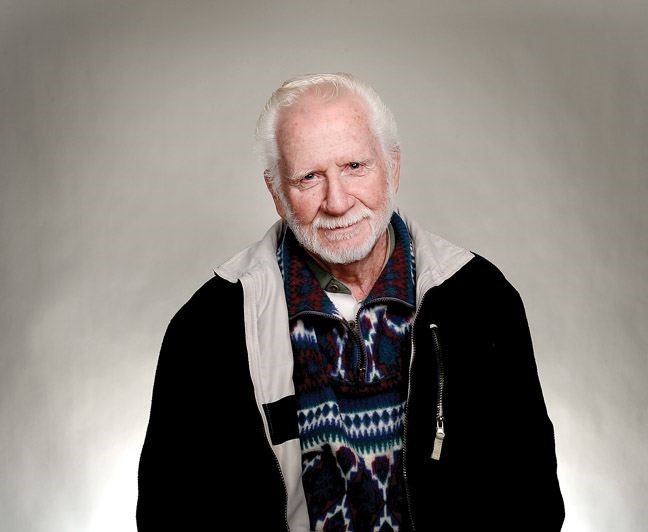When it comes to policing and police costs, the City of Prince George is faced with a Morton's Fork.
Morton's Fork is a logical dilemma in which people are faced with two equally bad options.
You could think of it as being between a rock and a hard place.Unless the victim of the dilemma manages to find an exception, the outcome of the situation will most probably be undesirable, as there can be no good outcome from any of the choices the victim is faced with.
This term is named after Lord Chancellor John Morton, who worked in England under Henry VII. According to Morton's logic, wealthy subjects of the Crown obviously had money to be spared for taxes, and poor subjects were clearly sitting on savings, so they could also bear high taxes.Rich and poor alike found themselves at the points of Morton's Fork - paying high taxes.
So it is with policing costs in Prince George.
If we are to add more police, then the end result is that our taxes will go up.On the other hand, if we do not add more police then the crime rate could rise and we will suffer the consequences of that crime.Further exacerbating the situation is the fact that increasing the number of police and associated costs does not necessarily guarantee that the crime rate will go down.
In fact it could rise, so there is your Morton's Fork.
So the city needs to be sure that they have all the necessary information in as they go forward to ensure that citizens are getting value for money spent.There are a number of interesting statistics that they should ponder.
Some social science has found that police spending has no effect on crime rates.Statistics Canada has tracked police resources and crime rates for decades and has found no clear relationship between them.
"Further research is required to determine if there is a relationship between the rate of police strength and the crime rate," the agency said.
Police strength (the number of officers per 100,000 population) was at its highest level in Canada in the mid-1970's. Since then, it has remained relatively stable, while the crime rate has bounced up and down, peaking in 1991. For the subsequent 23 years since that high point, the crime rate has declined, while police strength has remained relatively stable.
If we adopt the position of civic leaders today, who tell us that we must maintain and/or increase spending on policing to ensure our safety, then surely the cities already spending the most should be among the safest.
That's not the case.
Among large metropolitan areas, the top three spenders on policing - Thunder Bay, Winnipeg and Regina - have the highest violent crime severity indexes. Conversely, Kelowna, with high violent crime and overall crime indexes, is one of the lowest spenders on policing among big centres.
Municipalities in B.C. with populations above 15,000 people pay 90 per cent of policing costs and the other 10 per cent is paid for by the federal government.
If we need additional funding for policing, perhaps its time that the provincial government stepped up to the plate and picked up some of the costs.As an example, Prince George is the location of the Prince George Regional Correction Centre and as such houses inmates from all over Northern B.C.
These inmates are paroled or released into the community, and some stay here and continue to commit crimes, so to some degree this is an added cost to the municipality.
When we look at cities with similar populations like Prince George, we see that there is a significant difference in the cost per capita of policing - Chilliwack $235, Kamloops $231, Nanaimo $278, Kelowna $254, and Prince George $263.
A comparison with 10 other policing agencies showed the average ratio is one police officer for every 681 residents. If we were to use this ratio, then we would have 109 police officers as opposed to the present 121 on duty, due to our small population.
In addition to the above costs, the city also has to deal with the overtime costs for the police in Prince George - $1.4 million for last year and no indication that this number would decrease with the addition of more police.
While he was in Williams Lake, Superintendent Warren Brown helped reduce the crime severity index for that city substantially by introducing a prolific offenders program, engagement with community partners, and dedicated volunteers.
There were about a dozen people on the prolific offenders program list in Williams Lake in 2012.
Is this the route we need to follow?
So what's the point?
This: it appears that adding police officers and increasing costs does not guarantee a reduction in crime, so perhaps we need to use the Williams Lake model.In the meantime, we are sitting on the tines of Morgan's Fork.



